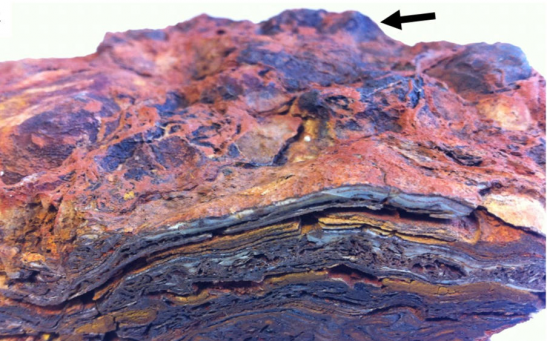space

Ukrainian Startup Promin Aerospace Eyes Launching Rocket Next Year [Reports]
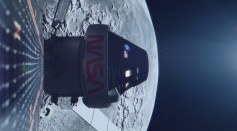
NASA’s Artemis 1 Orion Spacecraft Calls Home From Deep Space Before Heading Back to Earth [Listen]
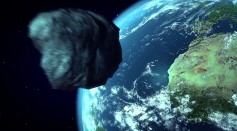
Asteroid Launcher: The Interactive Simulator That Lets Users See What Could Happen If A Space Rock Hit Their Town

Scientists Say Atomic Clocks Near Sun May Help Find Dark Matter, New Physics

ISRO Shares OceanSat-3’s First Snaps of Earth
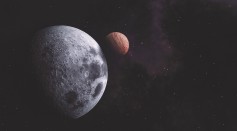
Lunar Occultation: Watch the Full Moon Moves Very Close to Mars This Week
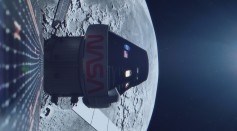
NASA Admits Having Communication Issues With James Webb Space Telescope, Artemis 1 Moon Mission
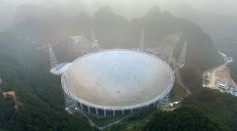
Australia’s Square Kilometre Array Telescope Construction Starts: Is South African’s Telescope Counterpart the World’s Largest?

China Shenzhou-14 Astronauts Land to Earth After Staying More Than 100 Days in Space

Newly Developed Cutting-Edge Walking Robot May Revolutionize Future Space Missions

Mission Veggie System: ISS Astronauts Preps for Tomato Farm in Space
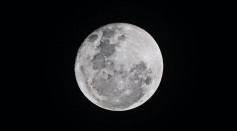
NASA’s Orion Is Coming Home After Its Lunar Space Orbit
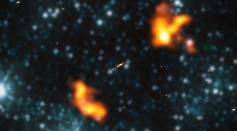
Biggest Galaxy Ever That Is 100 Times Bigger Than Milky Way Discovered 3 Billion Light-years Away
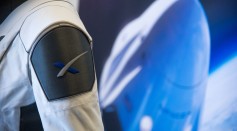
NASA To Conduct Two Spacewalks Outside ISS in December; When Is The Schedule, How To Watch?
Most Popular

AI Revolution in Medical Education: Transforming How Healthcare Professionals Learn

Optimizing Complex Catalog Systems with Graph Theory and Indexing

Out of Office, Not Out of Mind: Planning for Employee Holiday Absences

Practical Steps to Future-Proof Your Money to Create Financial Security

